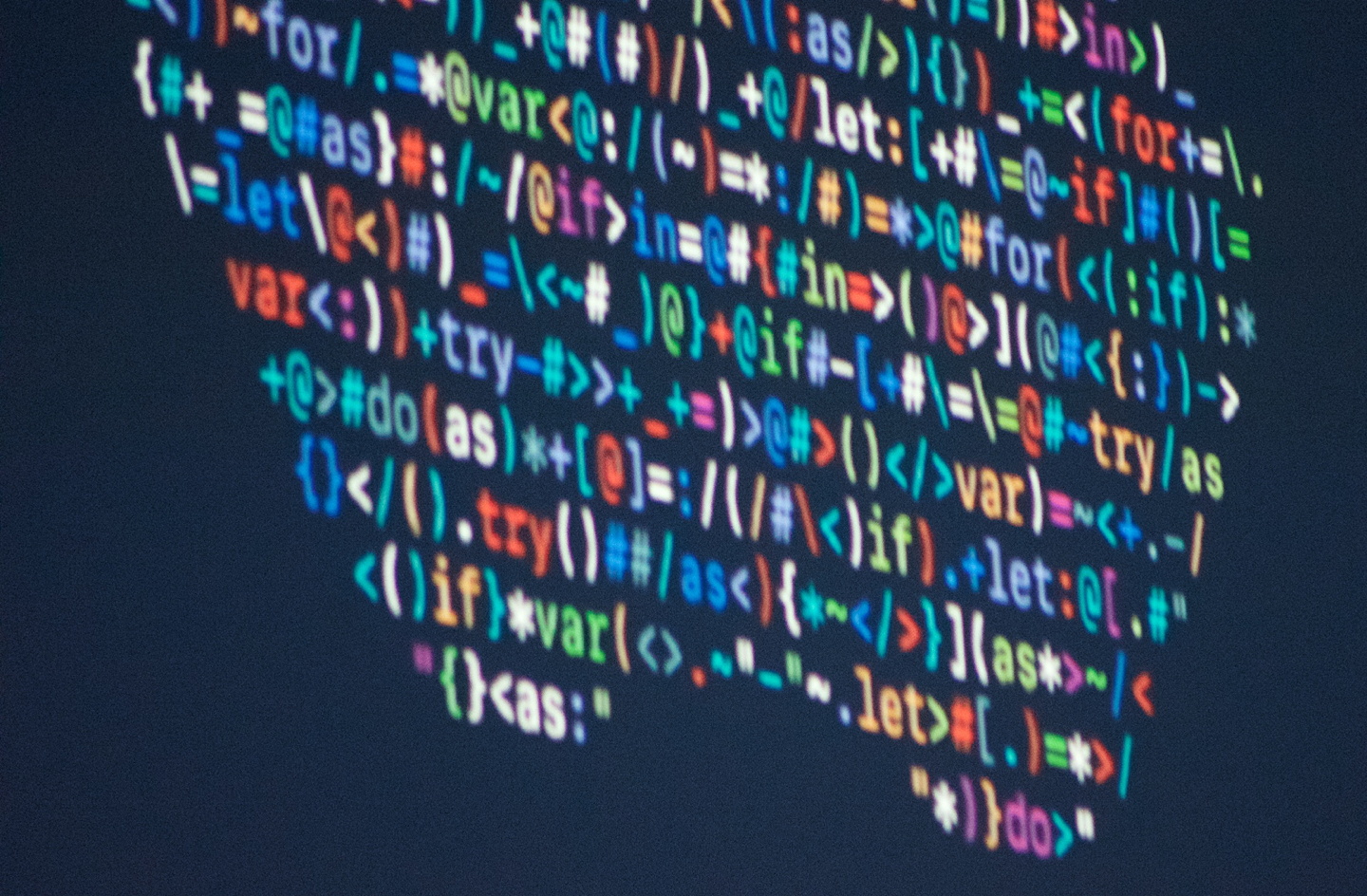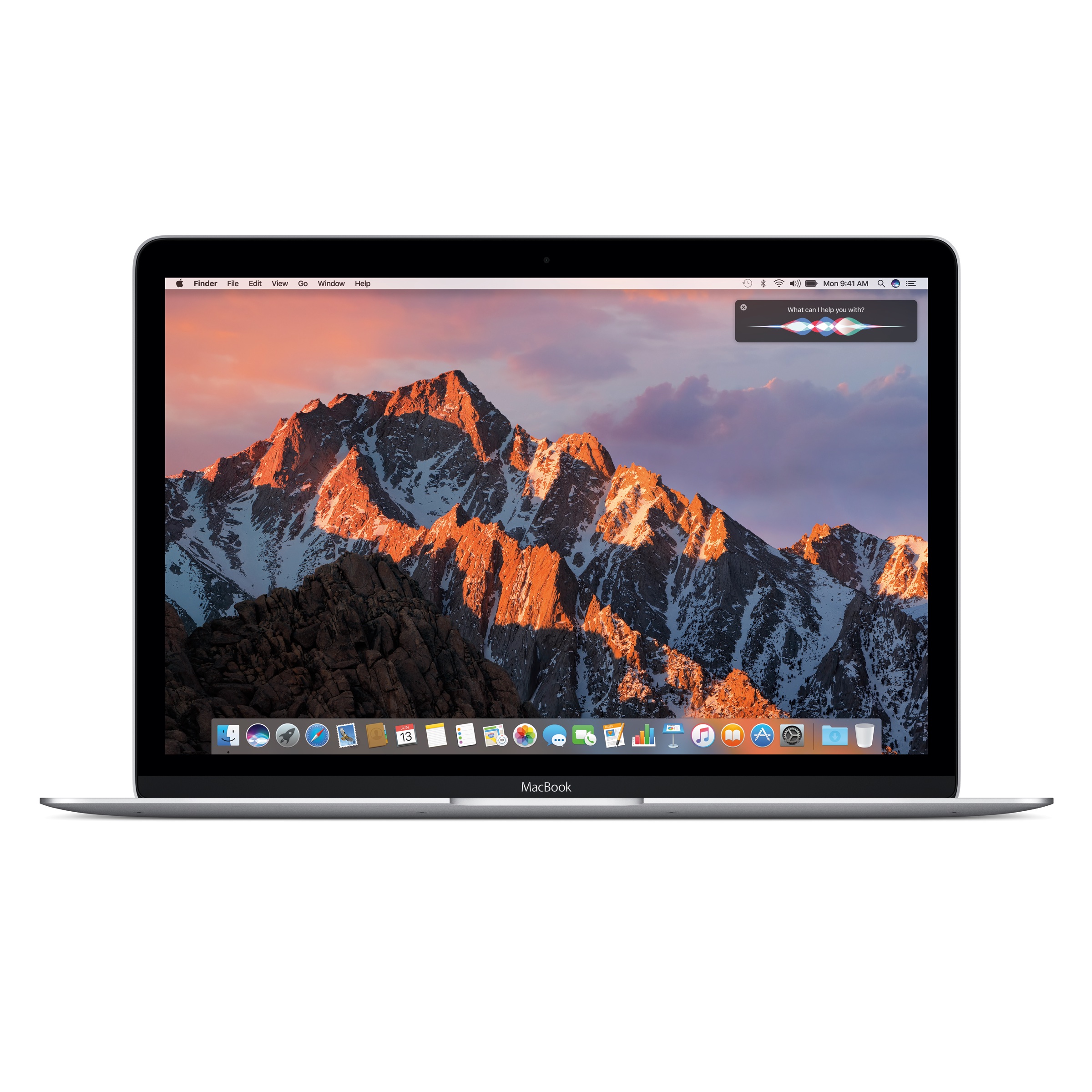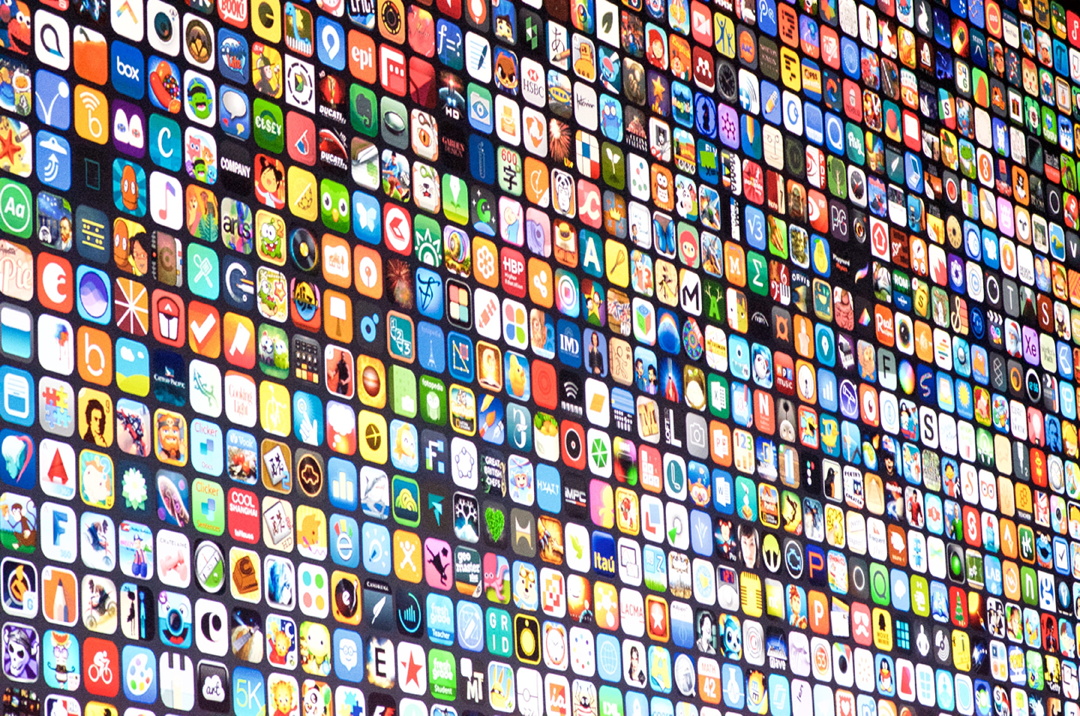Apple's World Wide Developer Conference, San Francisco, 13 June 2016 (Bangkok Post, Life)

AMITIAE - Wednesday 15 June 2016
|
Apple's World Wide Developer Conference, San Francisco, 13 June 2016 (Bangkok Post, Life) |
 |
|
|
By Graham K. Rogers

The WWDC focus was on the four platforms at the core of Apple's output: the Macintosh, the iPhone and iPad, the Apple Watch, and the Apple TV.

Watch faces are updated, with more display options. Switching between faces will be easier, as will adding complications. Feedback has been taken on board by Apple and the Watch responds more to how people actually use it. More fitness-related features have been added, including the ability to share data. Activities of others can be viewed and comments can be made. As wheelchair users exercise in different ways, algorithms take account of the different body use. Working with experts, Apple has developed special settings for them. A new app, Breathe, recognises the importance of taking time for deep breathing. The app provides a summary after each session. New APIs have been added and one of these adds Apple Pay to watch apps Eddy Cue outlined changes to tvOS. The AppleTV remote will be updated and an app will allow an iPhone to act as remote controller. Siri has been improved with enhanced search. Channel activation codes are simplified by an app allowing a single signup. A dark theme is available for better viewing and an app downloaded on iOS will download automatically on AppleTV

Sierra on a Mac - Image Courtesy of Apple Craig Federighi started with the renamed MacOS: the next version is to be called Sierra. With the update to the OS, there is emphasis on continuity as well as working with iCloud. One example is the ability to unlock a Mac with an Apple Watch. Other examples are a universal clipboard (from iOS to Mac), which integrates with other new features, including Messages.
Apple Pay will be available on the Mac. Authentication is via the Apple Phone or the Watch. A new productivity feature allows tabs on apps, including third party ones. MacOS has a picture-in-picture feature. Siri will be available on MacOS making it easier to carry out multi-tasking, for example messaging while typing in other applications.
A redesigned lock screen has a "raise to wake" feature to avoid missed notifications because of TouchID. Siri is now available to 3rd party developers, including for messaging apps and also works in CarPlay. QuickType is more predictive, giving better responses. Siri extracts information from incoming messages. This now also works with multi-lingual typing. Photos is improved allowing easier finding of images with Places, Faces (which uses facial recognition), Scene recognition, and a new Memories feature. Maps has a new design and is now open to developers. There is to be greater integration with apps via extensions.

The phone will have voice message transcription, which may be especially useful in China, because of voicemail spam. 3rd party apps that make calls, like LINE, can be seen on the Lock-screen.
iOS on iPhones and iPad - Images Courtesy of Apple
Like other parts of the Apple infrastructure, Messages is being opened to developers. Any apps that can be used in Messages will be available using an App Drawer. The iOS update will have considerably more including a split view in Safari on the iPad. A massive list of new features was shown on screen. I noticed that there is a long-desired feature allowing editing of RAW images within Photos. Privacy is important to Apple and there is end-to-end encryption by default, this is applied using on-device machine intelligence, keeping data on the phone for user control.
Graham K. Rogers teaches at the Faculty of Engineering, Mahidol University in Thailand. He wrote in the Bangkok Post, Database supplement on IT subjects. For the last seven years of Database he wrote a column on Apple and Macs. He is now continuing that in the Bangkok Post supplement, Life. |
|

For further information, e-mail to
Back to
eXtensions
Back to
Home Page